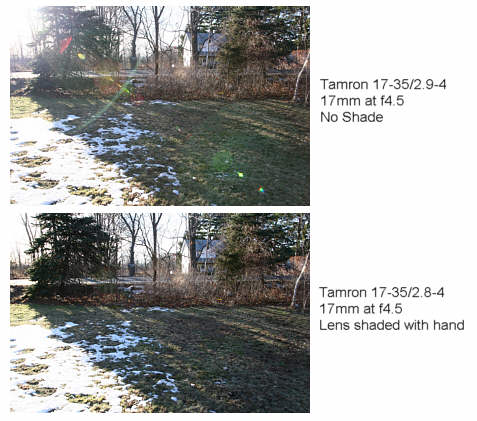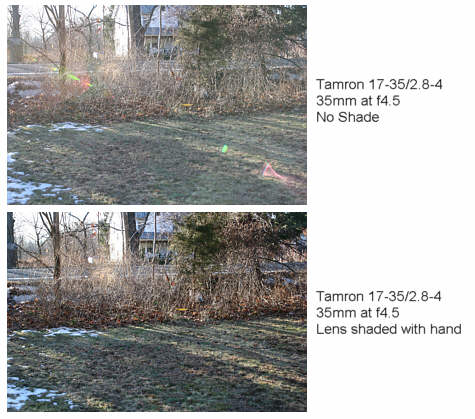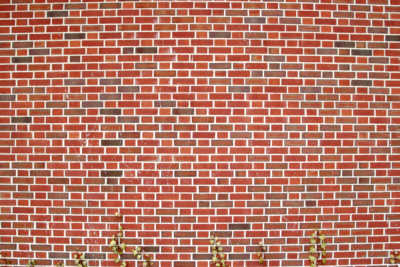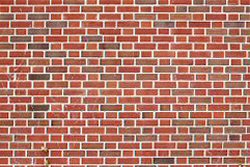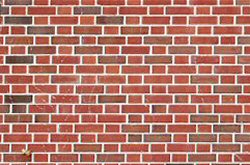
Tamron SP AF17-35/2.8-4 Di LD Aspherical (IF) Review |
Tamron SP AF17-35/2.8-4 Di LD Aspherical (IF) ReviewFlareThe flare performance of the Tamron SP AF17-35/2.8-4 is shown below. The sun was in full view of the lens, but just out of the frame on the upper left. As you can see, there is some overall "veiling" flare (a loss of contrast) especially near the upper left corner. There are also distinct flare artifacts which appear as red, green and yellow "blobs" and arcs. Note that this is a severe test and that most lenses show flare under these conditions. The lower image shows the effect of simply shading the lens with my hand as the shot was taken. All trace of flare has vanished and a much better shot results.
The second set of images shown below illustrate the situation at 35mm. Again the sun was shining directly on the lens but out of the frame in the upper left. Results are similar to those at 17mm. Again, simply shading the lens with one hand dramatically improves the image quality and all traces of flare are gone.
It's reasonable to ask "why not use the lens shade?". After all, Tamron supplies one with the lens. The answer is that the lens shade can help, sometimes, but it's not very efficient. This isn't Tamron's fault, it's optics. The shade has to stay outside the frame even when the lens is used on a full frame camera and set to 17mm. This means that it must allow a 104 degree diagonal field of view without obscuring the image. So anything within that field of view (e.g. the sun) will "see" the front element of the lens. At 17mm on an EOS 20D (as tested here), the field of view of the lens is around 77 degrees and at 35 on a 20D the diagonal field of view is about 42 degrees. So at 35 mm for example, if the sun is anywhere in a 42 to 104 degrees field, it will be out of the frame, but still not shaded from shining on the front element. The field is smaller for horizontal coverage and smaller still for vertical coverage, but the same principles apply. Fixed shades on zoom lenses aren't efficient except at the widest setting, and if they are designed for full frame 35mm use and used on reduced frame cameras, they are even less efficient. Fortunately, at least as far as the sun goes, it's a simple matter to shade the lens with one hand. It's pretty obvious when you have the sun shaded, and it's usually pretty obvious when your hand is in the frame! If you want to take shots with the sun actually in the frame, most lenses are likely to give you problems. Your best bet would be to try a prime lens rather than a zoom since they typically contain fewer elements and usually exhibit lower levels of flare. DistortionAt 17mm there is visible barrel distortion as shown in the image below. For architectural work this could be a problem, particularly if you're working totally in the analog (film) domain. Such distortion isn't unusual for wideangle zooms. Prime lenses usually show lower levels of distortion. Note that distortion isn't a function of aperture, so stopping down doesn't change it. It can be corrected digitally, but there may be a small sharpness penalty since pixels must be interpolated and added or subtracted during the correction.
At mid range (26mm) and at 35mm, distortion was much lower as shown in the two images below:
Note: Judge distortion by the horizontal lines. The bricks were not particularly evenly aligned in the vertical direction. • [Part IV - Real World Images and Conclusions]
© Copyright Bob Atkins All Rights Reserved |
|
